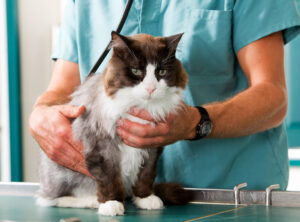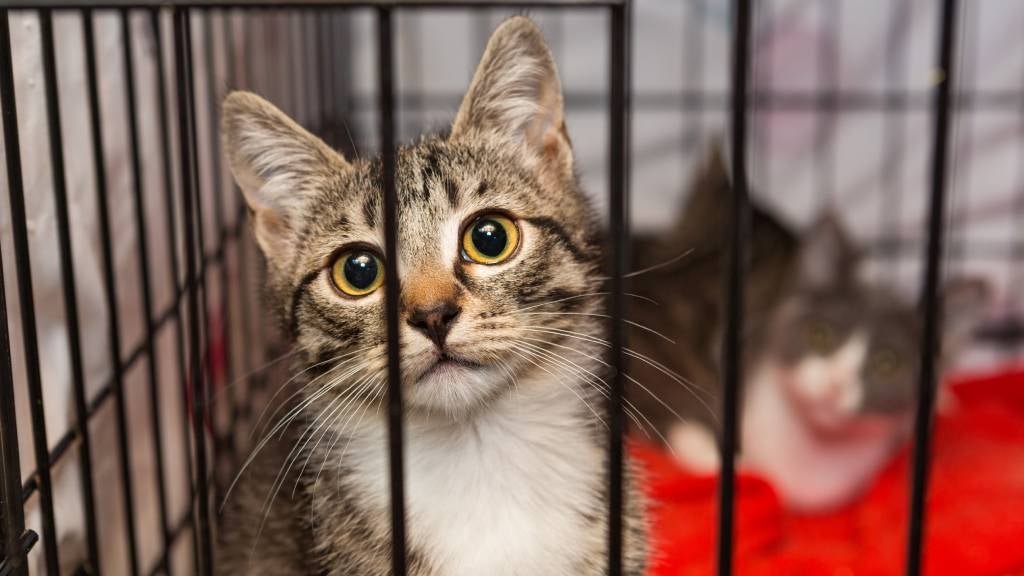Cat Adoption is a fulfilling adventure that brings happiness and companionship into your world. It is also a tremendous responsibility that requires planning. Whether you are new to pets or an experienced cat owner, being aware of the cat adoption process, selecting the right cat, and getting ready for your cat at home are necessary. This comprehensive guide will guide you through everything you need to know before cat adoption.
Why Adopt a Cat?
Most individuals who desire a pet consider cat adoption from a shelter or purchasing one from a breeder. It is compassionate to adopt a cat, and it also has numerous advantages:
- Saving a life: Shelters are often overcrowded, and adopting helps reduce the number of homeless cats.
- Affordable adoption fees: Adoption costs are significantly lower than purchasing from breeders.
- Health benefits: Most shelter cats are vaccinated, spayed/neutered, and examined by veterinarians.
- Supporting ethical pet ownership: Adoption helps discourage unethical breeding practices and the pet trade industry.

Choosing the Right Cat Adoption for Your Lifestyle
Before you adopt a cat, consider your lifestyle and the type of cat that will be appropriate for your home and lifestyle. The following are some factors to consider:
-
Age
- Kittens: Energetic and playful, but require more time and training.
- Adult Cats: Usually already trained and have a defined personality.
- Senior Cats: Calmer and less demanding,g but may have health issues.
-
Breed and Personality
- Friendly Breeds: Ragdolls, Maine Coons, and Siamese cats are known for their affectionate nature.
- Independent Breeds: British Shorthairs and Russian Blues tend to be more reserved.
- Hypoallergenic Breeds: If you have allergies, consider breeds like the Balinese or Siberian.
-
Activity Level
- If you have an active household, a playful breed like the Bengal may be a great choice.
- For a quieter home, consider a laid-back breed like the Persian.
Preparing Your Home for a New Cat
A smooth transition starts with proper preparation. Below are key steps to prepare your home for your cat’s safety and make your new pet feel comfortable.
-
Set Up a Safe Space
Create a quiet, enclosed area where your cat can adjust gradually. This could be a spare room with its food, litter box, and bed.
-
Essential Supplies to Get
- Litter box and litter (Choose unscented clumping litter for easy cleaning.)
- Food and water bowls (Stainless steel or ceramic bowls are best.)
- High-quality cat food (Wet and dry food options tailored to your cat’s age and needs.)
- Scratching posts (To prevent furniture damage and keep claws healthy.)
- Cat bed and blankets (A comfortable resting area helps your cat feel secure.)
- Toys and enrichment items (Interactive toys and puzzle feeders prevent boredom.)
-
Cat-Proofing Your Home
- Remove toxic plants like lilies and poinsettias.
- Secure loose wires and small objects that could be swallowed.
- Keep breakable items out of reach.

The First Few Days: Helping Your Cat Adjust
Bringing a new cat home can be overwhelming for them. Follow these steps to make the transition smoother:
-
Let Them Explore at Their Own Pace
- Keep your cat in their safe space for the first few days.
- Allow them to venture out gradually.
- Avoid forcing interaction; let them come to you when they’re ready.
-
Introduce Other Pets Carefully
If you have other pets, introduce them slowly:
- Swap scents by placing a blanket with your new cat’s scent near your existing pets.
- Allow supervised, gradual meetings with a barrier (such as a baby gate).
- Monitor their interactions and give rewards for calm behavior.
-
Feeding and Litter Box Habits
- Feed your cat in a quiet area away from other pets.
- Show them the location of their litter box and keep it clean.
Understanding Cat Behavior
New cat owners may encounter behaviors they don’t understand. Here’s what they mean:
- Purring: Usually a sign of contentment, but sometimes cats purr when they’re anxious.
- Kneading: A comforting behavior often associated with kittenhood.
- Hiding: Common in new environments; give them time to adjust.
- Scratching: A natural behavior; provide scratching posts to prevent furniture damage.
Veterinary Care and Health Maintenance
Ensuring your cat’s health is a lifelong commitment. Here are some key aspects of cat care:
-
First Vet Visit
Schedule a veterinary check-up within the first week of adoption. The vet will:
- Conduct a general health examination.
- Check for parasites and recommend flea/tick prevention.
- Discuss vaccinations and neutering/spaying if not already done.
-
Routine Health Care
- Annual wellness exams.
- Dental care to prevent gum disease.
- Grooming to keep their coat and skin healthy.
- Bonding with Your Cat
- Respect their space: Allow your cat to approach you on their terms. Forcing interaction can create stress and hinder the bonding process.
- Use positive reinforcement: Reward good behavior with treats, praise, and gentle petting. Cats respond well to encouragement rather than punishment.
- Engage in playtime: Regular interactive play with feather wands, laser pointers, or toy mice strengthens your bond and keeps your cat active.
- Create a routine: Cats thrive on consistency. Maintain a set schedule for feeding, playtime, and bedtime to help them feel secure and comfortable.

Common Mistakes New Owners Make
Avoid these frequent mistakes to have a great cat adoption experience. Hurried introductions and neglecting the transition process will result in stress. Not scooping the litter box will result in accidents, as cats prefer a clean environment. Overfeeding or the incorrect foods will result in health issues, so it’s always best to take the diet recommendations of a vet. Lastly, not giving enough activities will result in your cat being bored and having behavioral problems. Providing your cat with plenty of toys and activities will allow it to remain happy and well-adjusted.
Conclusion
Having a cat is a wonderful and rewarding experience, but it does require planning, patience, and commitment. By choosing the correct pet, setting up a secure and inviting home, and becoming aware of your new pet’s needs, you can ensure a smooth transition and get on with many happy years together.

Related: Best Flea Spray For Cats

